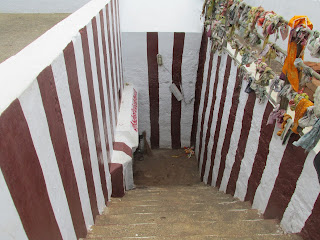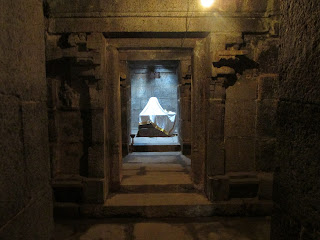The Neglected Jyestha Devi of Manimangalam

Manimangalam, a quaint locality nestled near Tambaram, itself a suburb of Chennai in the Indian state of Tamil Nadu, boasts a rich historical legacy. This unassuming place witnessed a significant event in history—the epic battle between Chalukya King Pulikesi and Pallava King Narasimha Pallava during the 7th century CE. Among its few ancient temples, Manimangalam holds a unique relic—an image of Jyestha Devi, lying unadorned in a field near Dhanalakshmi Engineering College. This enigmatic deity lacks the grandeur of a temple structure or the presence of dedicated priests, yet the local villagers revere her as the Mother Goddess. But who is Jyestha Devi? According to Hindu Puranas, she is the elder sister of Lakshmi, the deity of wealth worshipped in countless temples. Curiously, Jyestha Devi remains conspicuously absent from Vishnu temples and even her sister Lakshmi's abodes, save for a handful of temples in the Trichy-Tanjore region. Typically, Jyestha Devi finds her place out...




